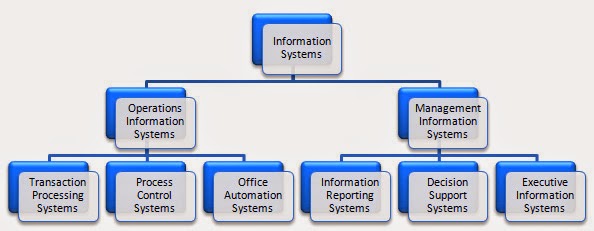Portfolio Management is the responsibility of the senior management team of an organization or business unit.
This team, which might be called the Product Committee, meets regularly to manage the product pipeline and make decisions about the product portfolio. Often, this is the same group that conducts the stage-gate reviews in the organization.
A logical starting point is to create a product strategy - markets, customers, products, strategy approach, competitive emphasis, etc. The second step is to understand the budget or resources available to balance the portfolio against. Third, each projectmust be assessed for profitability (rewards), investment requirements (resources), risks, and other appropriate factors.
The weighting of the goals in making decisions about products varies from company. But organizations must balance these goals: risk vs. profitability, new products vs. improvements, strategy fit vs. reward, market vs. product line, long-term vs. short-term. Several types of techniques have been used to support the portfolio management process:
· Heuristic models
· Scoring techniques
· Visual or mapping techniques
The earliest Portfolio Management techniques optimized projects' profitability or financial returns using heuristic or mathematical models. However, this approach paid little attention to balance or aligning the portfolio to the organization's strategy.
Scoring techniques weight and score criteria to take into account investment requirements, profitability, risk and strategic alignment. The shortcoming with this approach can be an over emphasis on financial measures and an inability to optimize the mix of projects.
Mapping techniques use graphical presentation to visualize a portfolio's balance. These are typically presented in the form of a two-dimensional graph that shows the trade-off's or balance between two factors such as risks vs. profitability, marketplace fit vs. product line coverage, financial return vs. probability of
success, etc
Portfolio Management is used to select a portfolio of new product development projects to achieve the following goals:
· Maximize the profitability or value of the portfolio
· Provide balance
· Support the strategy of the enterprise
The art and science of making decisions about investment mix and policy, matching investments to objectives, asset allocation for individuals and institutions, and balancing risk vs. performance.
Portfolio management is all about strengths, weaknesses, opportunities and threats in the choice of debt vs. equity, domestic vs. international, growth vs. safety, and numerous other tradeoffs encountered in the attempt to maximize return at a given appetite for risk.
Benefits of the portfolio management program:
· Customized investment management
· Diversification
· Unified fee structure
· Personalized client service
· Resources of an industry leader addressing your
individual needs
· Unified fee structure.
This team, which might be called the Product Committee, meets regularly to manage the product pipeline and make decisions about the product portfolio. Often, this is the same group that conducts the stage-gate reviews in the organization.
A logical starting point is to create a product strategy - markets, customers, products, strategy approach, competitive emphasis, etc. The second step is to understand the budget or resources available to balance the portfolio against. Third, each projectmust be assessed for profitability (rewards), investment requirements (resources), risks, and other appropriate factors.
The weighting of the goals in making decisions about products varies from company. But organizations must balance these goals: risk vs. profitability, new products vs. improvements, strategy fit vs. reward, market vs. product line, long-term vs. short-term. Several types of techniques have been used to support the portfolio management process:
· Heuristic models
· Scoring techniques
· Visual or mapping techniques
The earliest Portfolio Management techniques optimized projects' profitability or financial returns using heuristic or mathematical models. However, this approach paid little attention to balance or aligning the portfolio to the organization's strategy.
Scoring techniques weight and score criteria to take into account investment requirements, profitability, risk and strategic alignment. The shortcoming with this approach can be an over emphasis on financial measures and an inability to optimize the mix of projects.
Mapping techniques use graphical presentation to visualize a portfolio's balance. These are typically presented in the form of a two-dimensional graph that shows the trade-off's or balance between two factors such as risks vs. profitability, marketplace fit vs. product line coverage, financial return vs. probability of
success, etc
Portfolio Management is used to select a portfolio of new product development projects to achieve the following goals:
· Maximize the profitability or value of the portfolio
· Provide balance
· Support the strategy of the enterprise
The art and science of making decisions about investment mix and policy, matching investments to objectives, asset allocation for individuals and institutions, and balancing risk vs. performance.
Portfolio management is all about strengths, weaknesses, opportunities and threats in the choice of debt vs. equity, domestic vs. international, growth vs. safety, and numerous other tradeoffs encountered in the attempt to maximize return at a given appetite for risk.
Benefits of the portfolio management program:
· Customized investment management
· Diversification
· Unified fee structure
· Personalized client service
· Resources of an industry leader addressing your
individual needs
· Unified fee structure.
